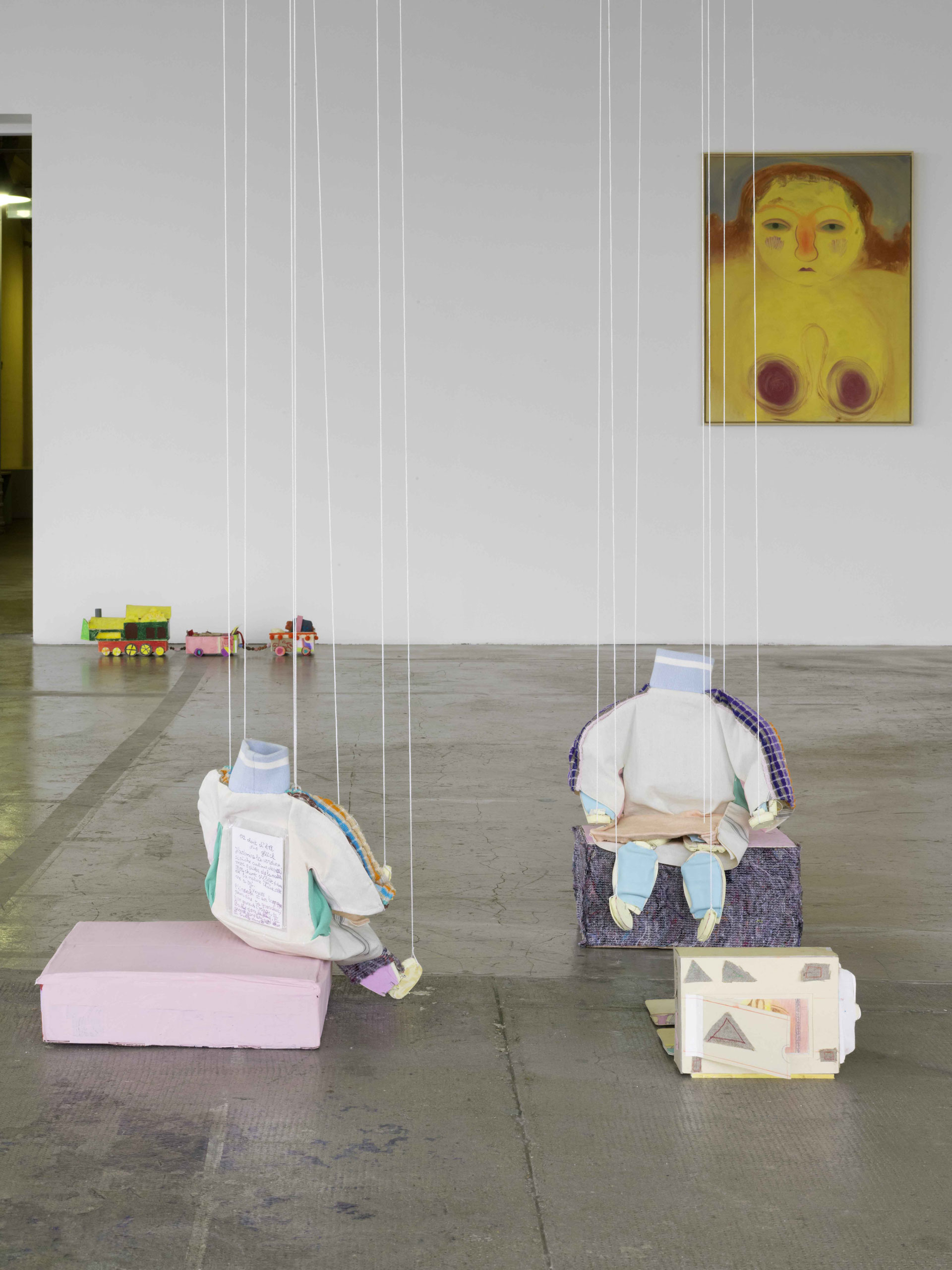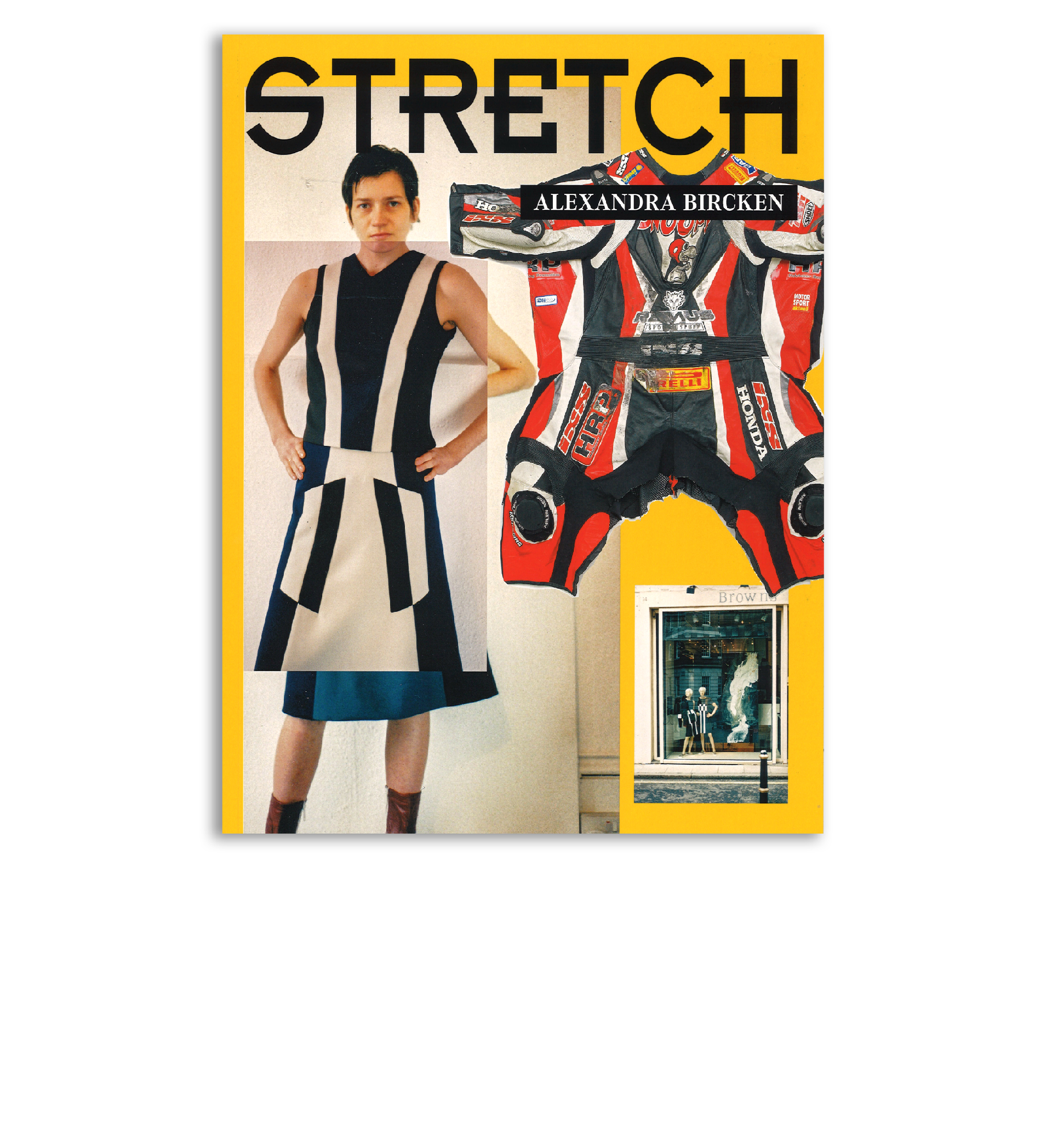STRETCH
Alexandra Bircken

From foreground to background : Crown, 2014 ; Timo, 2017 © Photo : André Morin / le Crédac. Courtesy galleries BQ Berlin and Herald St., London.

Exhibition view, © Photo : André Morin / le Crédac. Courtesy galeries BQ Berlin et Herald St., Londres.

Exhibition view, © Photo : André Morin / le Crédac. Courtesy galeries BQ Berlin et Herald St., Londres.

Exhibition view, © Photo : André Morin / le Crédac. Courtesy galeries BQ Berlin et Herald St., Londres.

From left to right : Melanie Vitiligo, 2010, Tour de France, 2013. © Photo : André Morin / le Crédac. Courtesy galleries BQ Berlin and Herald St., London.

Exhibition view, © Photo : André Morin / le Crédac. Courtesy galeries BQ Berlin et Herald St., Londres.

Exhibition view. From the left to the right : Janus, 2016 ; B.U.F.F., 2014. © Photo : André Morin / le Crédac. Courtesy galleries BQ Berlin and Herald St., London. // From left to right : Techno Strick, 2016 ; Rosa Parks, 2013. © Photo : André Morin / le Crédac. Courtesy galleries BQ Berlin and Herald St., London.

From left to right : Rosa Parks, 2013, Walking House, 2016, Cocoon Club, 2016. © Photo : André Morin / le Crédac. Courtesy galleries BQ Berlin and Herald St., London.








«The skin is our largest organ and at the same time it’s what we see when we look at ourselves. Michel Serres says the deepest thing we have is our skin. Our vulnerability becomes visible in it. Pain. Our skin moves with every one of our movements. S-T-R-E-T-C-H. For our entire life. That’s something we should think about. Our lips stretch to utter every word we speak. We’re used to seeing our bodies and objects as things that are whole and wrapped in a covering. And if we ever lose this thing that protects, clothes, covers and represents us, or if something is ever cut in two and we get to glimpse inside, then we get a big shock. That’s odd, don’t you think? I’m interested in the structure, the texture, the function that then becomes visible. That reveals the truth. That is real. That’s when it gets really interesting. When you cut your skin, you can sew it up again. The body heals and goes on working. But what remains is a scar that will remind you of the wound forever. So the body is an Other. »
« Alexandra Bircken in conversation with Claire Le Restif, Kathleen Rahn and Susanne Titz » (excerpt) in Alexandra Bircken, STRETCH. Catalogue of the exhibitions at Kunstverein Hannover, Museum Abteiberg, Mönchengladbach, Le Crédac, Ivry-sur-Seine, published by Walther König, Cologne, 2017.
In 2010 the Kunstverein of Nuremberg and Crédac, working with the curator Kathleen Rahn, jointly mounted the show Mental Archaeology (Matti Braun, Thea Djordjadze and Jean-Luc Moulène). Along the same lines, we are now featuring the work of Alexandra Bircken, the inspiration behind our latest joint exhibition. Crédac is the most recent address for a show that has traveled to Hanover’s Kunstverein and the Abteiberg Museum of Mönchengladbach in Germany. And importantly, it is the first solo show devoted to Alexandra Bircken in France. Crédac has also contributed to the accompanying catalogue.
What grabs and holds viewers’ attention in Bircken’s sculptural work is its plastic force, topicality, and clear desire to adopt a gender neutrality that one might characterize as “androgynous.” All of which has surfaced again and again in Crédac’s program of exhibitions and events over the last few years.
There is a great deal to say about the artist’s career up to this point. She was interested in artmaking via fashion, studying in the 1990s at the prestigious Central St Martins College of Art and Design in London, and later created her own label with Alexander Faridi. Heavily influenced by these experiences, the work Bircken is now pursuing is very much bound up with current political affairs. “How can you be indifferent to the news coming at us every day,” she observes in her interview with Kathleen Rahn, Susanne Titz and me for the catalogue. Her art also conjures up the things that have long haunted her, throwing light on the workings of an object, its private reality, the way it is constructed or assembled, be it a piece of clothing, a motorcycle, or a firearm. Each of them has its particular instructions for use and characteristics, its own identity, just as the body has its own workings.
So when the artist makes an almost surgical cut in the process of creating some of her sculptures from existing objects, not only does Bircken deactivate them, she enhances them. While she views her treatment of the body or clothing as a leitmotif, her experiments with materials suggest an interest in the study of the body and skin as an organ, outfit, cellular structure, and an extremely vulnerable border between inside and outside. Dummies, clothing, damaged motorcycle suits are exhibited, with cuts and incisions like cutaway models. All of the spatial situations mounted by Bircken point up the interactions between humans and machines, a central, omnipresent subject that has been constantly evolving since the Industrial Revolution and which has come to include at least a century later the cyborg (from cybernetic organism), that human being who has been fitted out with mechanical grafts, and the replicant (first heard in the film Blade Runner), which is more akin to the human clone than the robot, unsettling the notion of the human condition and the question of gender.
The overall title of the three STRETCH exhibitions speaks for itself. We wear clothes and we build houses for our skin is too fragile to protect us completely. What touches us, what gets under our skin in Alexandra Bircken’s work is that it is our permeability and penetrability that make us humans.
Claire Le Restif
Video(s)
Exhibition film directed by Florence Weyne Robert. © Le Crédac, 2017.
Artist biography
-
Alexandra Bircken (born in 1967, Cologne) places the body and its enveloppes at the heart of her sculptural practice. Trained in styling at St. Martins College in London, sewing, weaving, knitting, assembling, and connecting all come into play, as do cutting, separating, dissolving, tearing, and disassembling. In her body of works, the apparent brittleness of soft and transparent materials - wool, nylon, hair - stands alongside the permanence and resistance of bronze and steel. Female organ casts as well as damaged motorcycle suits are transformed into autonomous body fragments. Archetypes of power, motorcycles and guns are sculpted and cut, desabling and revaluing their iconic performance. http://alexandrabircken.com/
Partnerships
STRETCH is Alexandra Bircken’s first solo show in France, it has been jointly conceived by Kunstverein Hannover, Museum Abteiberg, Mönchengladbach and Crédac.
With the generous support of IFA
Media partnership : Mousse
Sponsoring for the opening : Grolsch, Les Nouveaux Robinson

